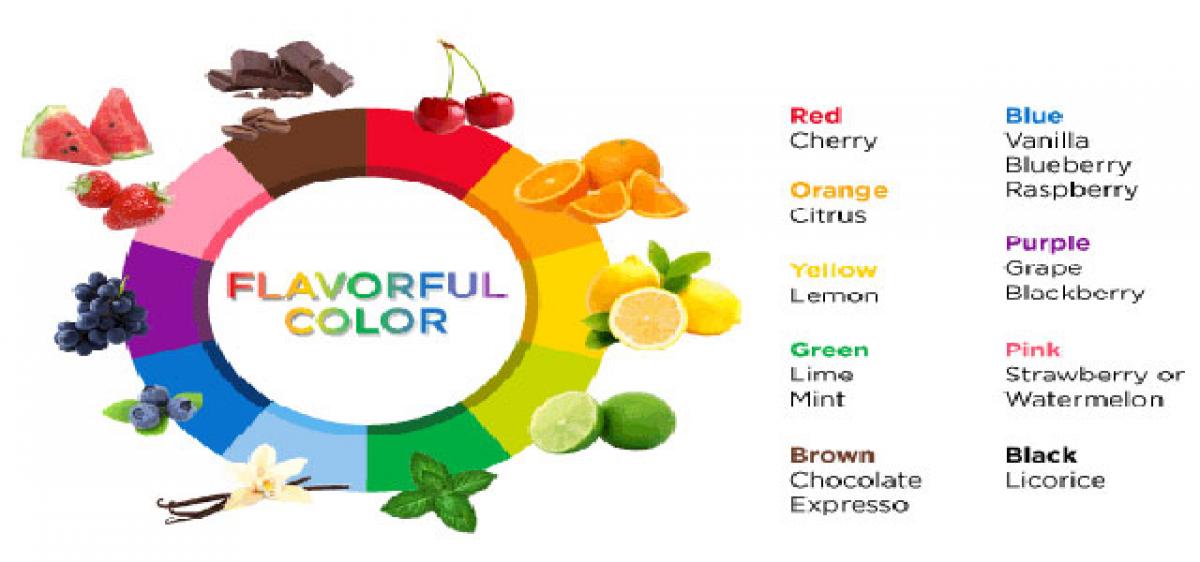Live
- DRM pats Ati Vishisht Rail Seva Puraskar recipient
- MP calls for economic empowerment of women
- Asifabad: Despite huge numbers, Banjaras lagging behind
- Hyderabad: 2 arrested for smuggling; 281 starfish, 160 tortoises seized
- Formula E race: ACB intensifies probe, to focus on KTR’s role
- Muslim students express concern over SSC exam, Ramzan date clash
- ‘Pushpa 2’ team pledges Rs 2 cr to stampede victim’s family
- More remote habitations to get road connectivity
- Fund crunch hitting HYDRA demolitions?
- ‘Pushpa 2’ stampede: Police warn public against spreading misinformation
Just In

We all, sometime or the other, judge food on the basis of its packaging. A research study makes clear that the colour of packaging is an important, but tricky, element.
We all, sometime or the other, judge food on the basis of its packaging. A research study makes clear that the colour of packaging is an important, but tricky, element. In “Light and Pale Colors in Food Packaging: When Does This Package Cue Signal Superior Healthiness or Inferior Taste?” Marketing Professors Robert Mai, Claudia Symmank, and Berenike Seeberg-Elverfeldt of Kiel University, tested consumers’ reactions to find out if they associated pale packaging with healthy choices or poor taste and found that it wasn’t an either/or situation.
For example, in one of six studies, the authors packaged the same herbed cream cheese in two different colors: light green and regular green. A group of 179 participants was shown the package but not given an opportunity to taste the contents. In a second round, they could also taste it. Study participants who were not particularly health-conscious viewed the light packaging as containing a product that might be healthy but they assumed from the light-colored package it was also less tasty.
When there was no actual tasting involved – for instance, as when shoppers scan supermarket shelves – impressions were more significant. In this situation, the more health-conscious participants paid less attention to the package color. When tasting was permitted, the package’s light color became a meaningful cue for health-aware individuals, but not for those less concerned about their health.
The authors explained, “Unlike taste, healthiness is a credence quality. Since human abilities are too limited to distinguish more or less healthy products by taste…healthiness evaluations were guided by package color even after the consumers had tried the product.” Other studies teased out that color as a tool has the potential to backfire, because, apart from health inferences, light tones tend to signify a lack of tastiness.
Detrimental taste inferences are primarily triggered when consumers are unable to taste, making extrinsic cues such as package color particularly important, the authors pointed out, “Thus, when selling healthy foods to less health-aware shoppers, pale packages can have a deterrent effect. Employing darker tones could be one way to compensate for a perceived taste decrease.” (The study has been published in Journal of Retail.)

© 2024 Hyderabad Media House Limited/The Hans India. All rights reserved. Powered by hocalwire.com







